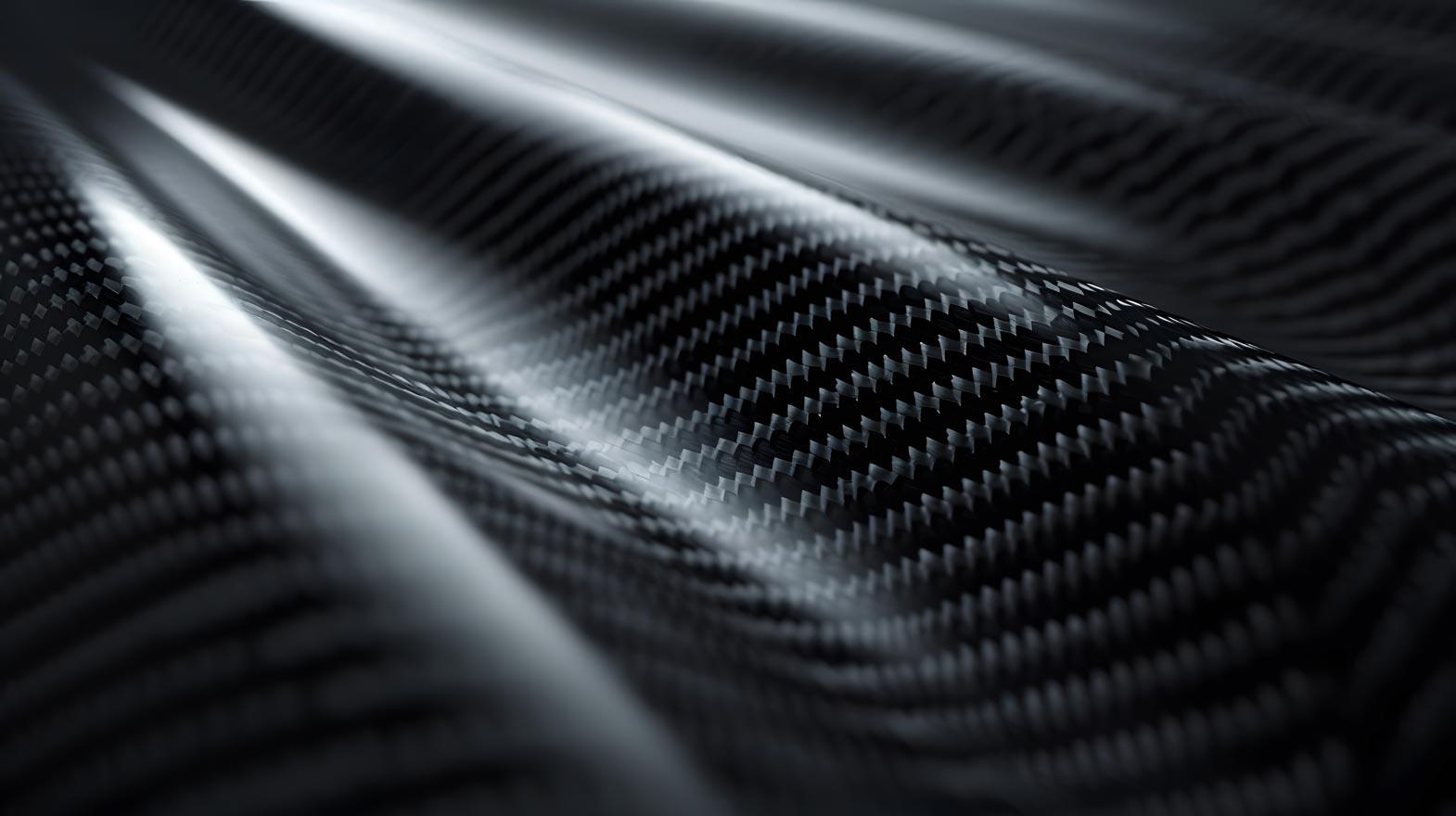The shimmer and shine in textiles come and go, but it never really loses its charm. Metallic clothing has become an integral part of fashion, and it looks particularly good when assembled in party wear. Metallic yarns are elite products that make an ordinary garment chic and attractive. Metallic yarns give a garment extra sheen and an inimitable appearance, making these yarns special.
Metallic fibers are fibers that can be made of metal or metal-coated plastic or plastic-coated metal. The fibers used in textiles are composed of delicate threads of metal that are spun and knitted on the regular machinery used for other yarns and fabrics in the textile industry. Metallic fibers retain the original properties of the metal from which they are derived. The most popular and common choices for metallic fibers include gold and silver, though aluminum yarns, including aluminized nylon and aluminized plastic yarns, are also used. Today, metal fibers are also derived from wire, bundles drawn from larger diameter wire, cast from molten metal, or grown around a seed, often carbon. To reduce the chances of tarnishing, the metallic thread is often covered with transparent films. These transparent films ensure that the fibers remain safe from hard water, chlorine water, or other climatic changes.
The basic manufacturing processes of metallic fibers include the laminating process and the metalizing process. In the laminating process, a layer of aluminum is placed between two layers of acetate or polyester film. After this, the fibers are cut in the direction of length to create strips for yarns and tied onto bobbins. The metal can be colored and sealed in a clear film, the adhesive can be colored, or the film can be colored before laminating. There are many different variations of color and effect that can be achieved with metallic fibers, producing a wide range of looks.
Metallic fibers can also be made through the metalizing process. In metalizing, the metal from which the yarns will be derived is heated until vaporized. High pressure is then applied to deposit it onto the polyester film. The resultant fibers are thinner, more flexible, more durable, and more comfortable.
During the normal wear, the metallic yarns might snap as they are often feeble. Dry cleaning the fabric made out of metallic fibre gives it a prolonged shelf life. Ironing any textile made from metallic fibre can result in problems, as high temperature of iron can melt the fibres. Perchlorethylene must be used to dry clean the yarns. Cold water must be used to clean the fabric and must never be bleached. Ironing can be done at the lowest setting, without using a steam iron. However, metallic fibres that use polyester films are strong, stretchable and flexible. They are resistant to attack by insects and microorganisms.
There are metallic coated fabrics, as well as metallic yarn fabrics. The reverse side of the fabric which has been metallic coated doesn't show traits of metal on the reverse side. Metallic coating is on the outer side only. The metallic coating or yarn can result in tarnishing, colour loss and yarn breakage, especially in areas of hem, cuff, underarm and collar. The metallic coated fabrics must not be dry cleaned and should be wet cleaned whereas, metallic yarn fabrics cannot be wet cleaned if blended with silk or rayon.
Metallic fibres have ruled the ramp in both men's and women's attire. Metallic shirts, metallic trench and metallic leather jackets are well-liked among men. Women can select anything from feminine frocks, shining pencil skirts, pastel coloured coats and refined brocade jackets carved out from metallic yarns. The brocade metallic, pastel metallic, textured metallic, silver metallic, gold and rust metallic are admired all around the world. The metallic yarns offer lavishness and style to an ordinary attire. The choices that the designers are offering are also increasing. There are delicate pastels, high-shine textures, bold colours and mirrored effects that make metallic fibres special and always in demand.
References:
1. Chris3.articlealley.com
2. Britannica.com
3. Wikipedia.com
4. Fashionising.com








Comments